|
Mindfulness activities help build children's capacity for self-regulation. If you teach these activities when children are calm and provide lots of opportunities for practice, children may be able to do some of them when they are upset. They'll need lots of help, especially at first: You can model the activity (not just once or twice, but many times), then provide prompts or cues (little reminders to use the activities). Eventually your children may be able to use mindfulness activities independently. A bonus is that you'll have fewer tantrums and meltdowns to handle. Incorporate some of these mindfulness activities into your program or home life. You'll be teaching a valuable life skill - and helping to create calmness in your life, too! Here are seven mindfulness activities that may be fun for children and adults, too. Watch this blog for lots more mindfulness ideas for children and some encouragement for you as well! (f you don't want to wait, check out this year's posts on social media (@earlychildhoodspecialties on Facebook, Instagram, and LinkedIn.) I'd love to hear your own activity ideas in the comments, so please share. We're all in this together! For toddlers, blowing bubbles can be a good introduction to mindfulness. When they are upset, rather than simply distracting them with a toy, blow some bubbles. You can say something like “bye-bye sad,” which will eventually help children connect bubble blowing with the idea of letting go. Take slow, gentle breaths and encourage the children to do the same. Research shows that taking deep breaths helps calm the fight or flight stress response for children and adults. Deep breathing is a great place to start practicing mindfulness, and there are so many activities to try - here I'm sharing just two. You don't have to serve hot chocolate for this activity! Just let the children pretend they are holding a cup of cocoa and practice breathing gently in and out. What other foods can your children pretend to smell and cool down with their breath? The most important part of deep or "belly breathing" is to focus on your breath going in and out. You can also practice taking deeper breaths by concentrating on using your diaphragm, the muscle under your lungs that goes down when you breathe in and up when you breathe out. One way to help you do this is to put your hand on your belly. You should see your belly go out as you breathe in and go in as you breathe out. If you're new at this, it's easiest to do while lying on your back. Children may enjoy having a stuffed animal or toy on their belly and watching it go up and down. This is a great activity for helping children relax for nap or rest time! Besides deep breathing, sensory experiences such as eating provide a wonderful opportunity to practice mindfulness. During a meal or snack, help slow down the experience and try to get children to engage the five senses to notice everything about their food. Here are some questions you could ask: -How does it look? -How does it smell? -How does it feel to your fingers or on your fork? How does it feel in your mouth? -How does it taste? -How does it sound when you break or cut it? When you bite or chew it? Eating mindfully may have the added benefits of helping all of you enjoy the food and one another. It will probably mealtime calmer, too! You probably already have a sensory play area in your classroom or home. You can suggest mindful play by encouraging children to focus on the sensations of their fingers and both sides of their hands as they explore. They may also want to notice what they smell and hear as well. Rotate through a variety of wet and dry sensory materials, and provide sensory bins both indoors and outdoors. Some of my favorite sensory materials are kinetic sand and water beads. Which ones do your children enjoy most? Another type of mindfulness activities is guided meditation. Here's one to try: Have children lie on their backs and close their eyes. Ask them to take a few deep breaths, noticing how their bellies move in and out. Then ask them to pay attention to other parts of their bodies one at a time, relaxing them if they can. You may want to limit the number of parts at first (perhaps starting with feet, legs, belly, arms, hands). As you guide children through this exercise, calmly talk with them about how their body parts may feel. Reassure them that it’s hard to relax sometimes, and encourage them to keep trying. With practice they will improve! This is a great mindfulness activity that also helps children to practice gratitude - it's perfect to try as Thanksgiving approaches! When children are calm, ask them to think of three good things happening in their lives. Practice this often, and it may help children – and you – develop an attitude of gratitude. Let children know that when we are feeling unhappy, it’s okay to feel sad. But when we do, thinking of three good things can help us feel better. So now you have a few ideas for mindfulness activities for children. I hope they bring you and your children calmness as we approach the hectic end-of-year holiday season! References & Resources
Thanks to Shareen Ratnani for sharing her presentation, "Let's Talk Mindfulness Activities for Children", presented on February 10, 2021 at Bonnie's Global Cafe for the World Forum on Early Care and Education. Find some of her mindfulness activities on her YouTube channel.
0 Comments
Your comment will be posted after it is approved.
Leave a Reply. |
AuthorI'm Diane Goyette, a Child Development Specialist, Trainer, Consultant and Keynote Speaker. I'm excited to share my blog! Archives
August 2023
Categories
All
|
|
Ways to Contact Us:
Schedule an Appointment |
|
Follow earlychildhoodspecialties for encouragement, teaching tips and more!
|
Follow eepworm for child-friendly posts!
|
© 2013-2024 Early Childhood Specialties LLC. All rights reserved.

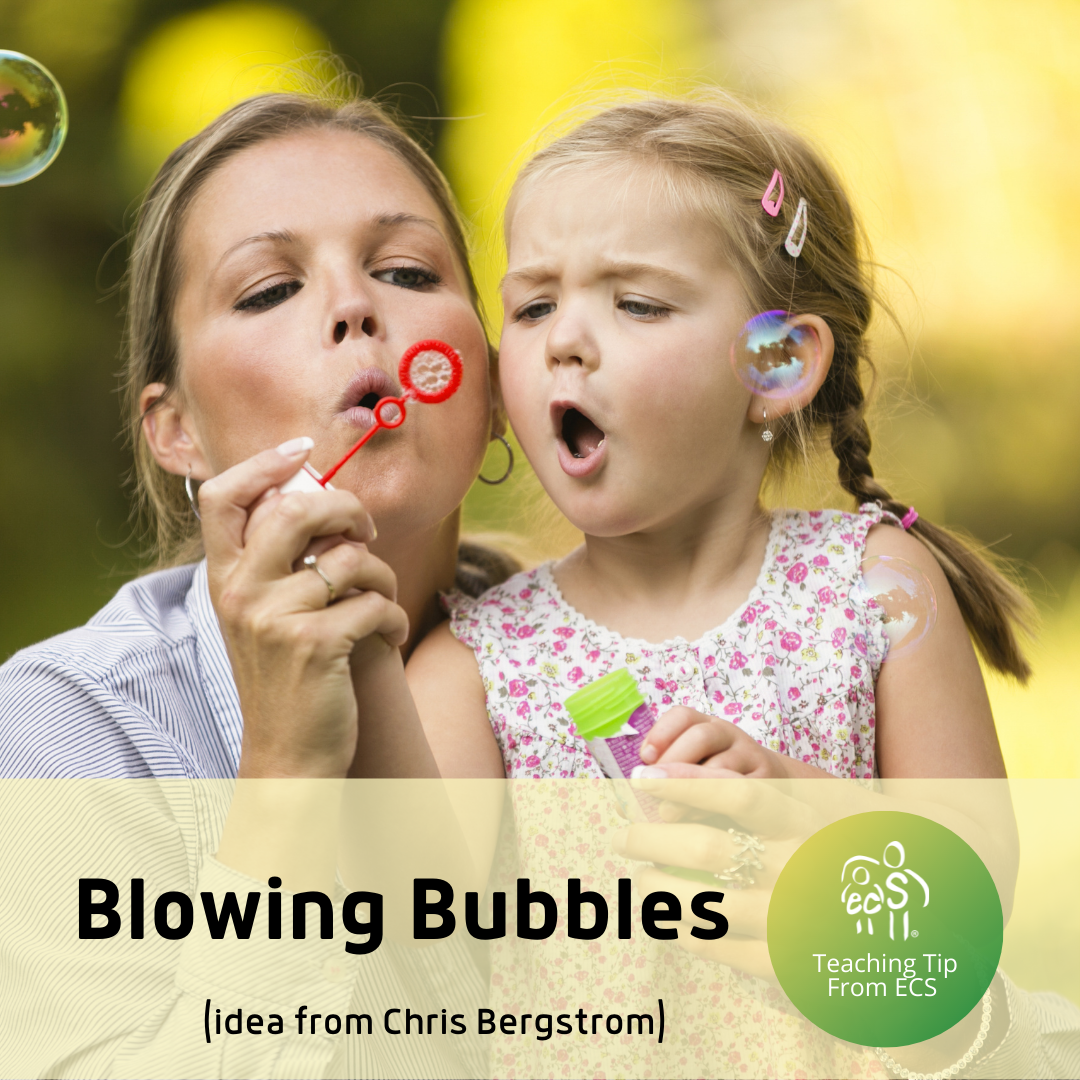
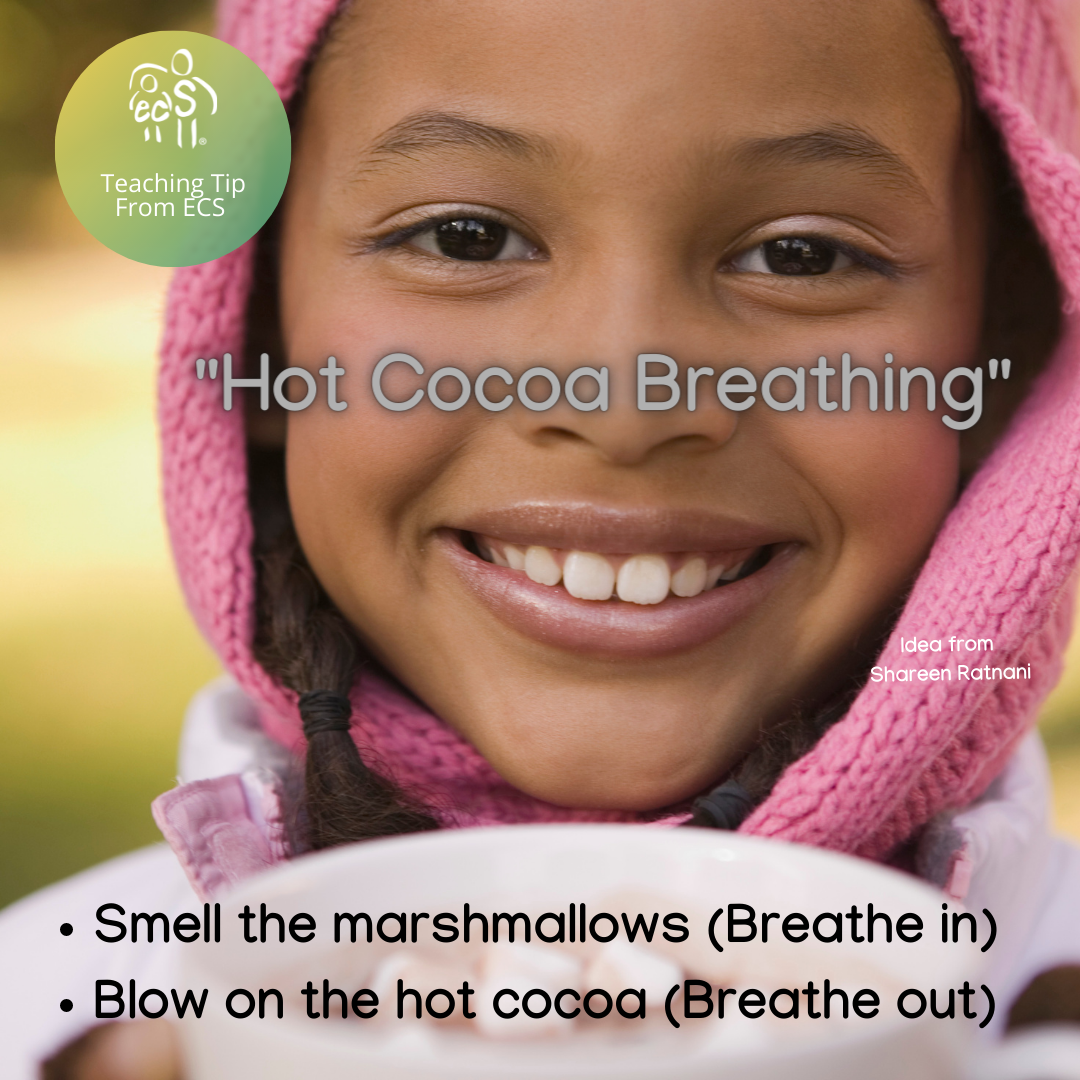
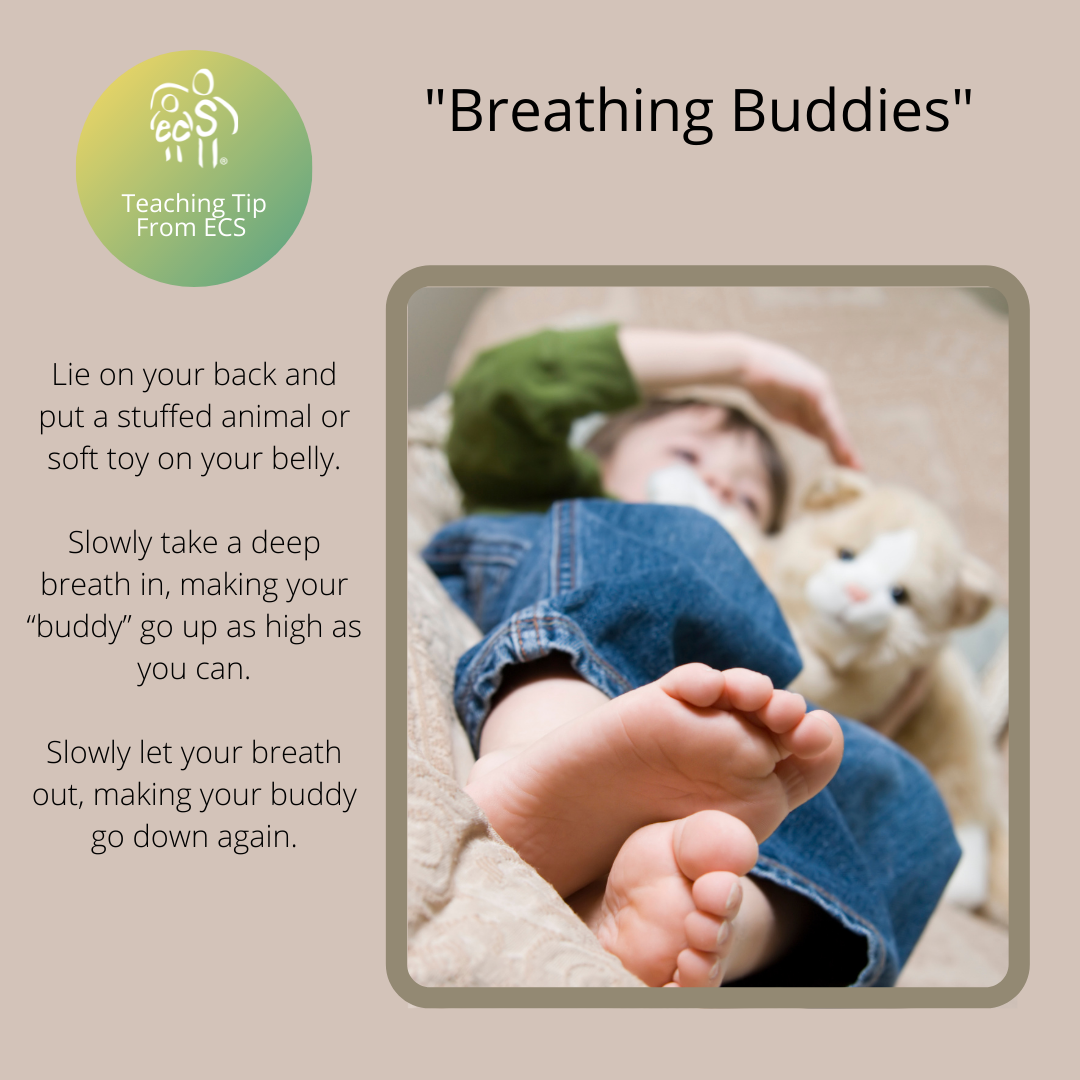
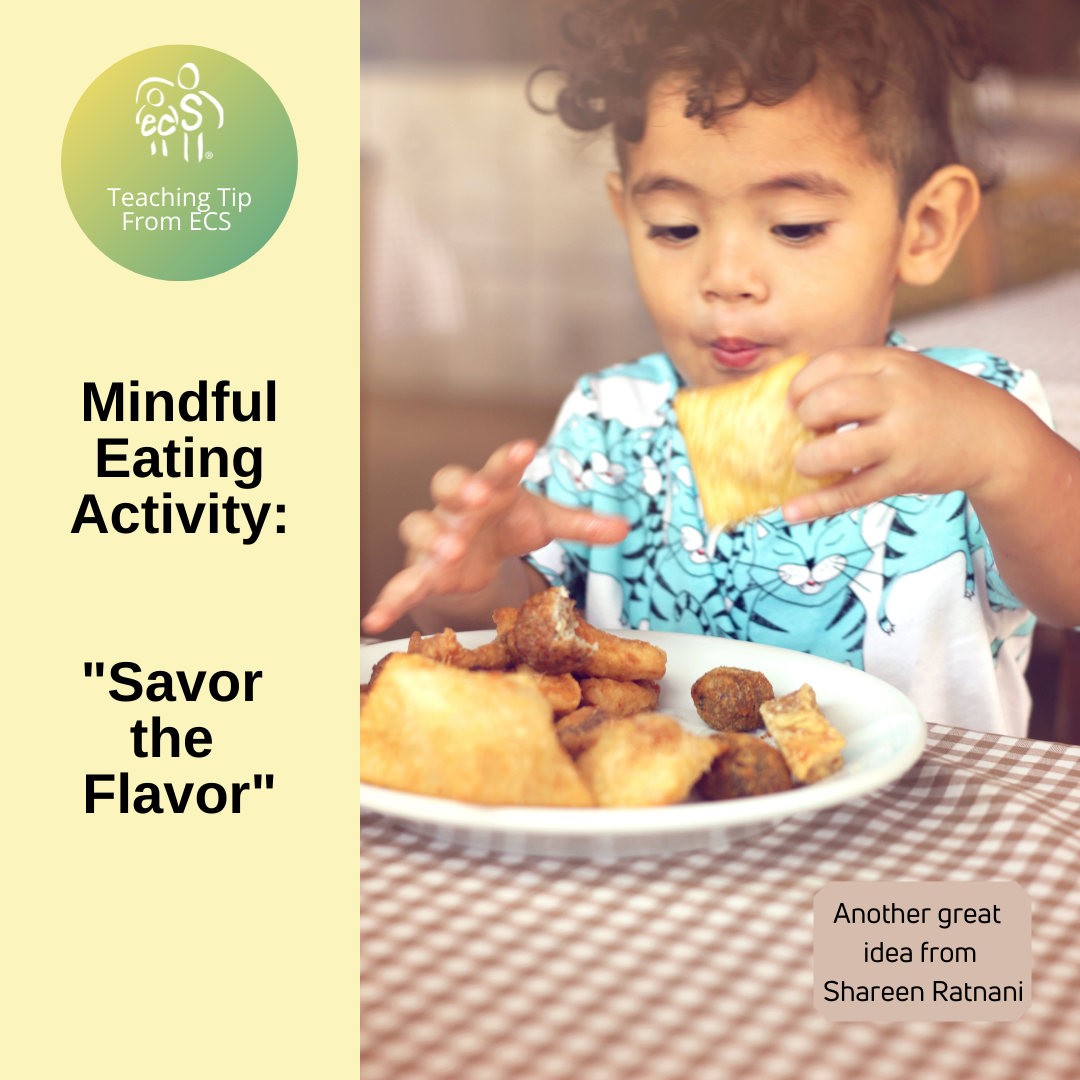
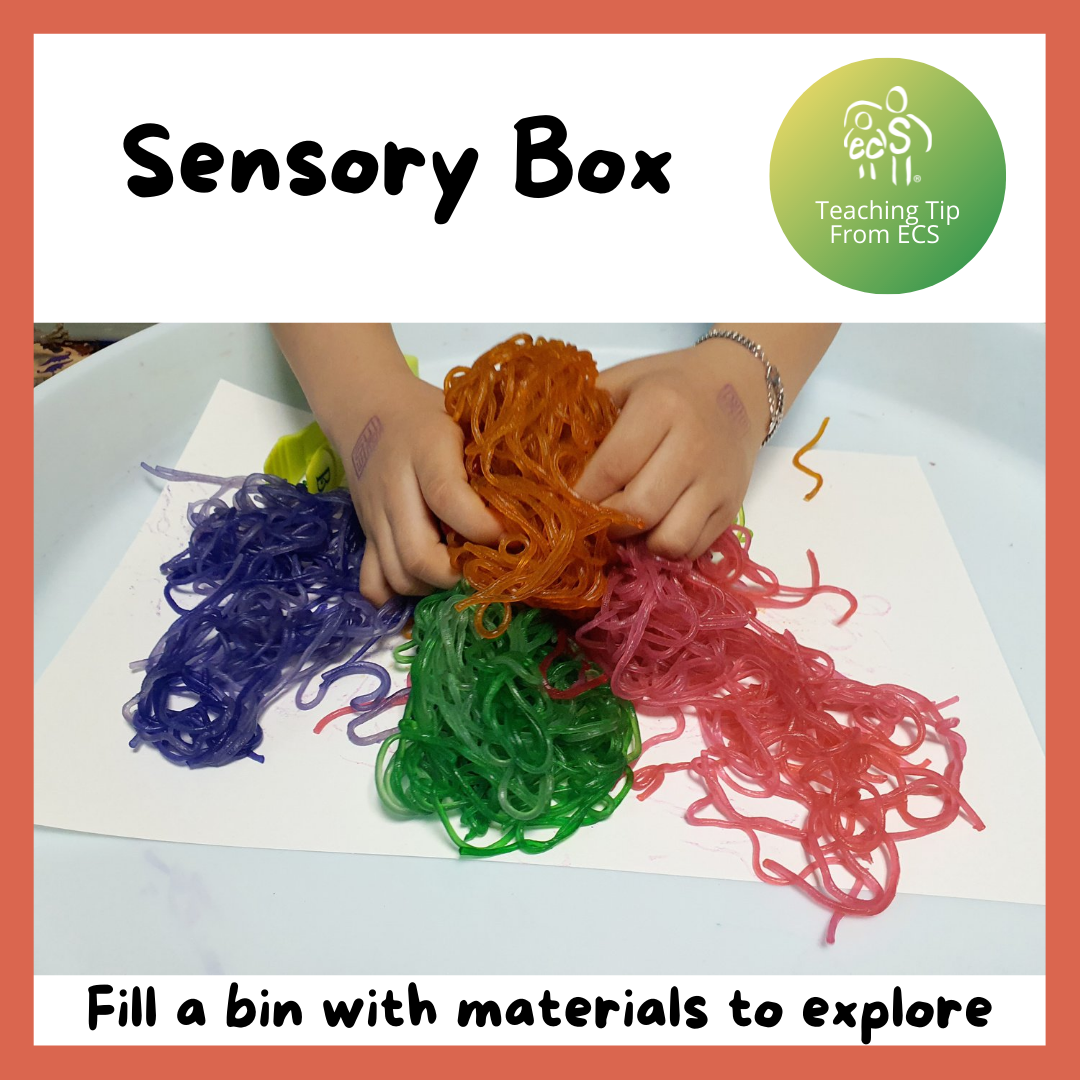
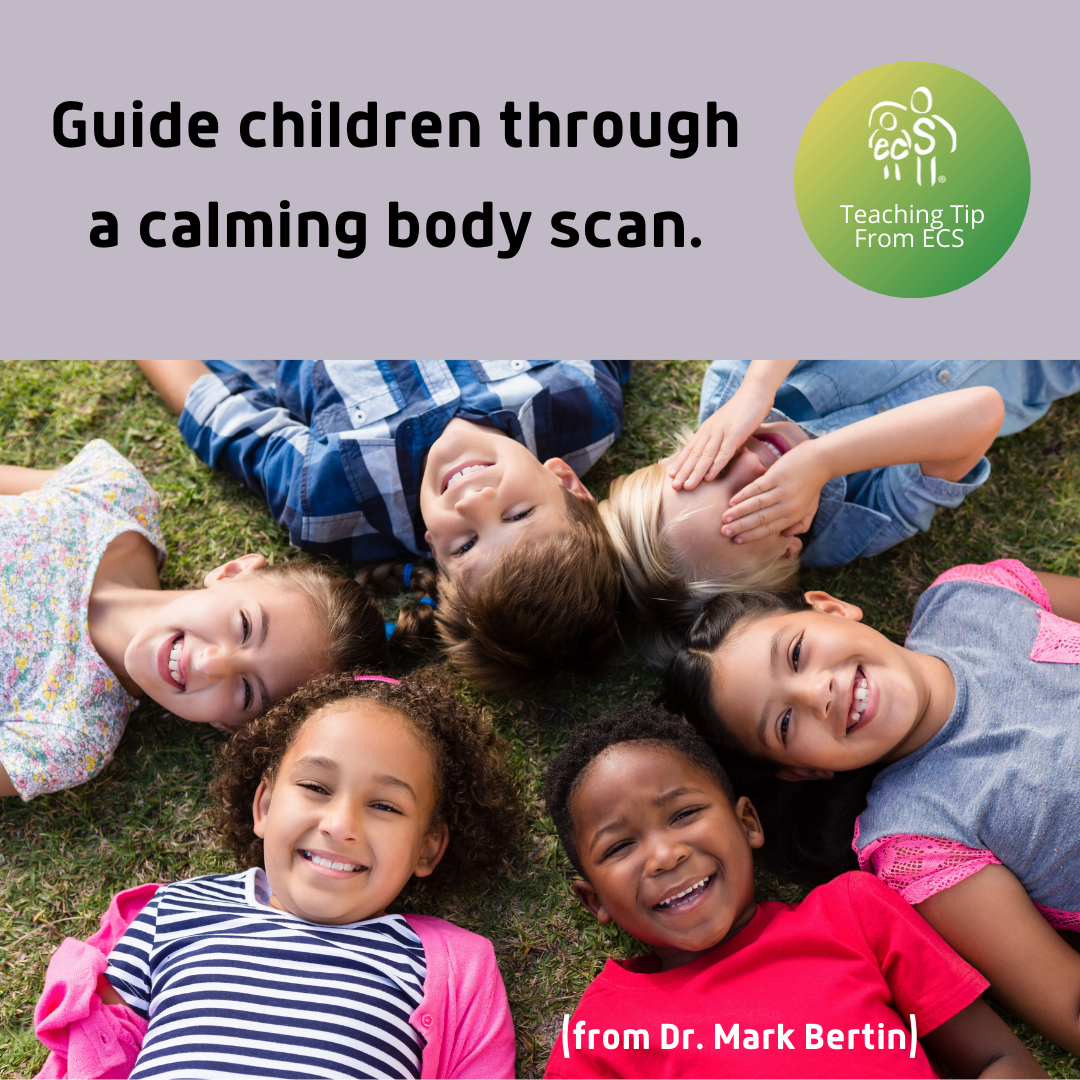
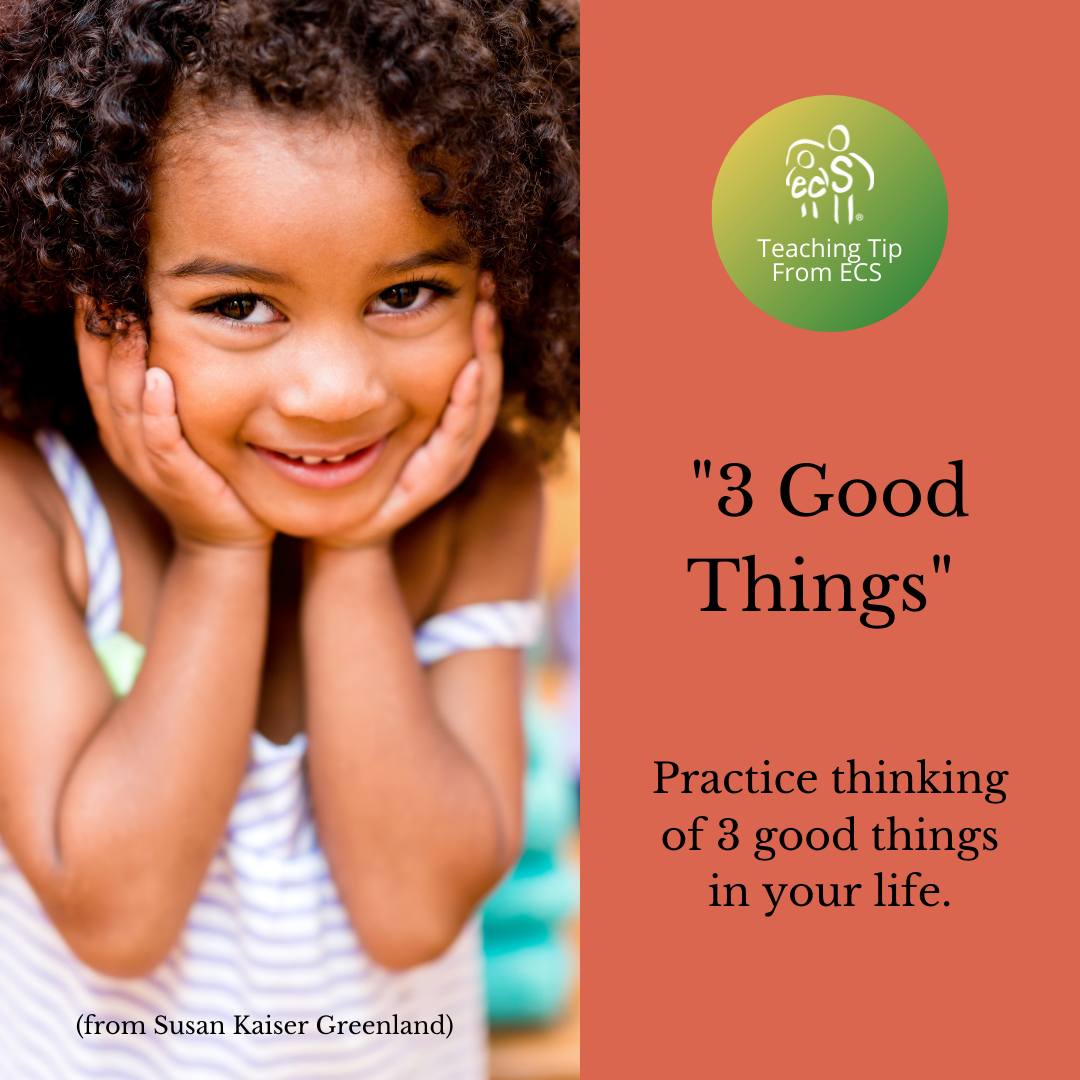
 RSS Feed
RSS Feed